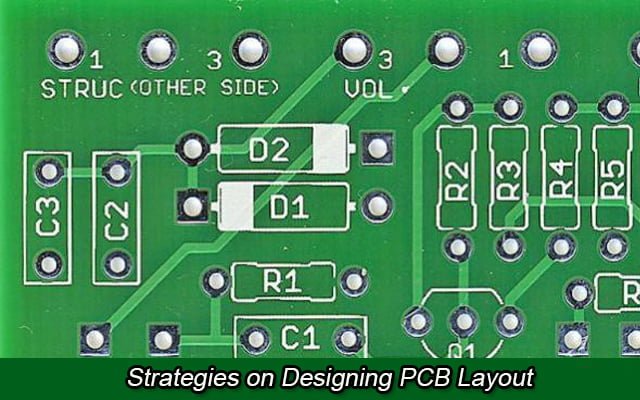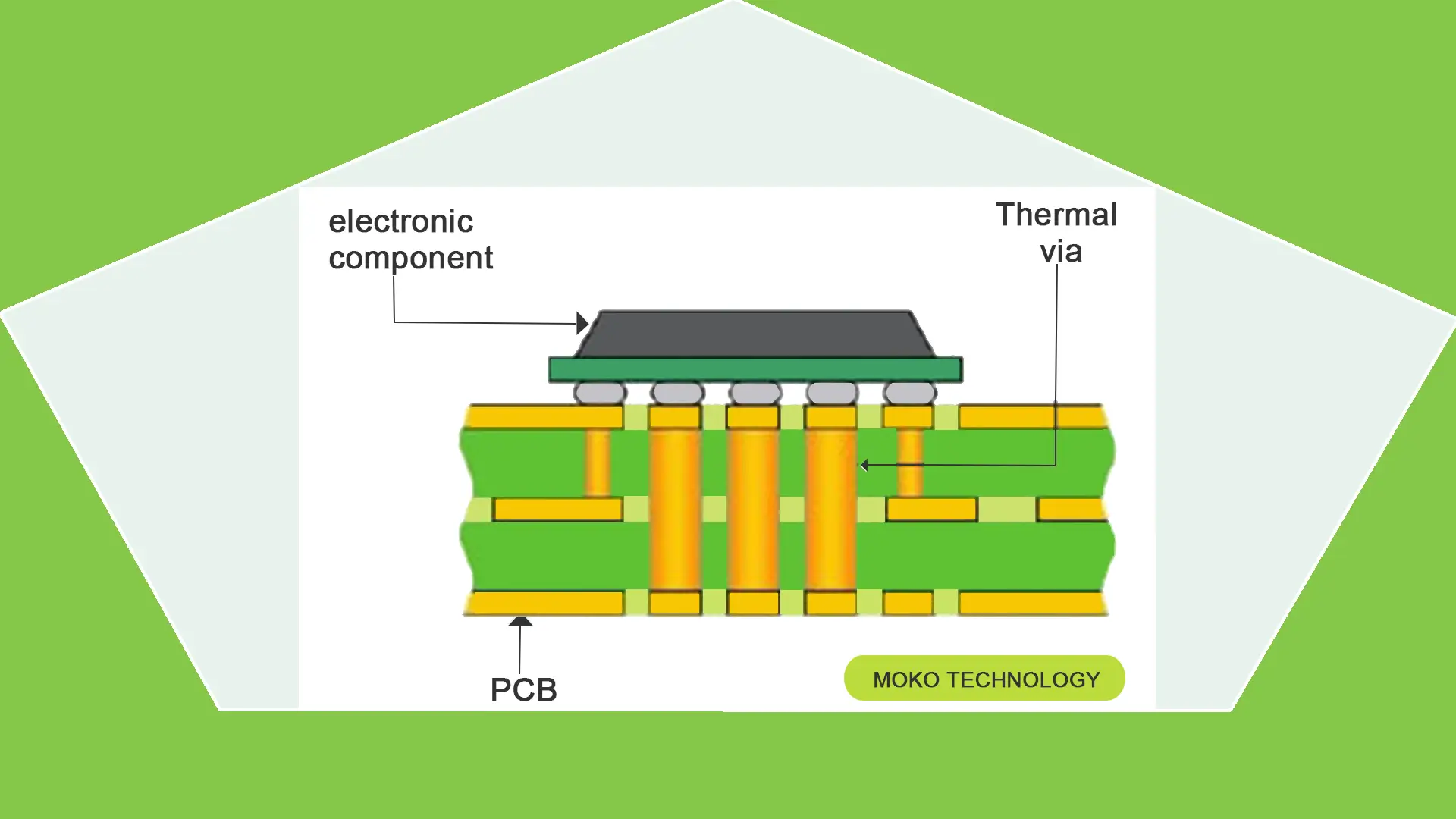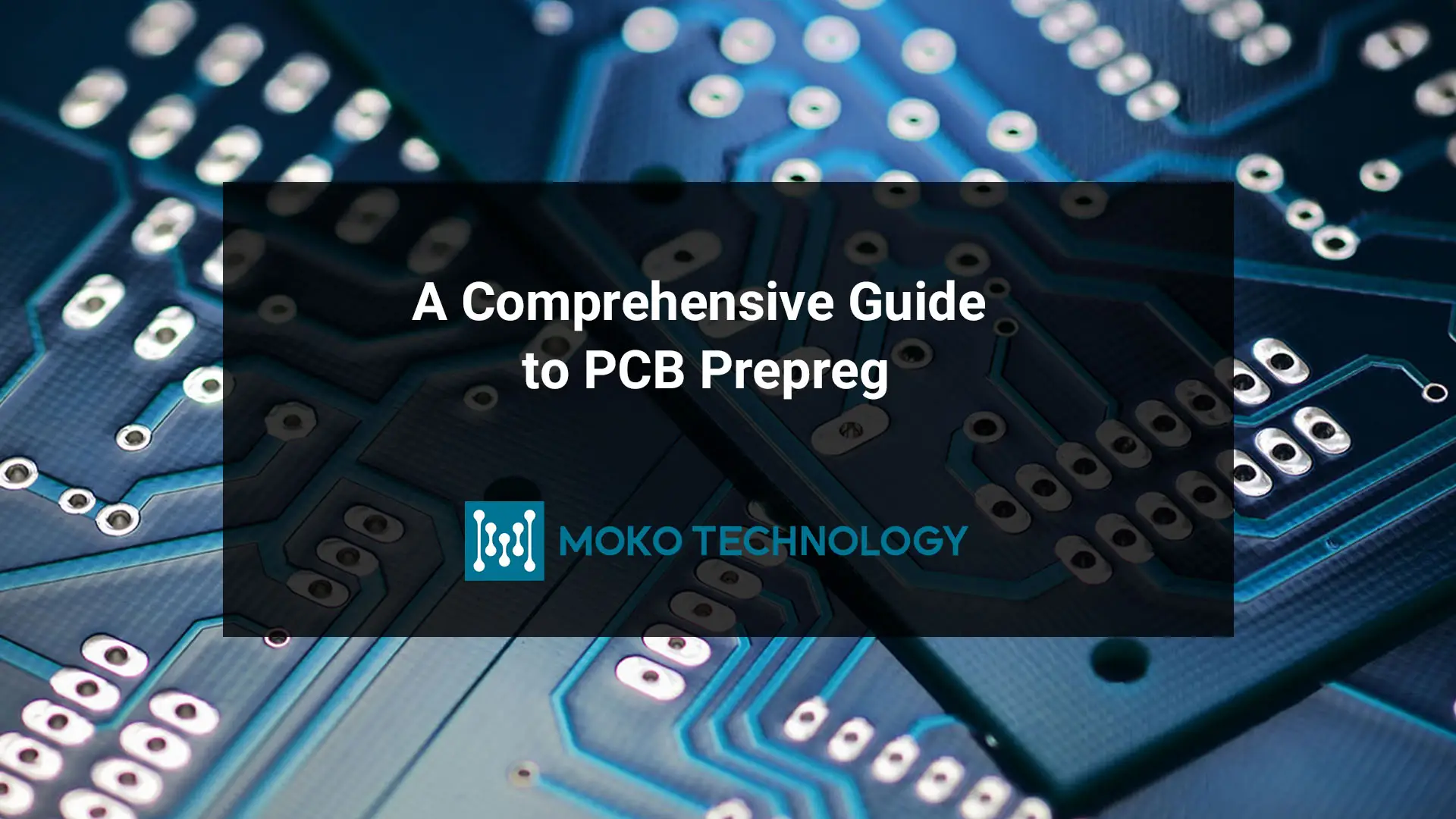As I recall, most FR4 stock is .062in thick. The thickness of the stock is not quite as important as to your specification of the stock.
One can have a PCB house plate copper onto the standard board stock to your specs, which might be more useful in your micro-strip design parameter selection.
To be fair, though, I am unfamiliar with the software tool you mentioned. I had to do the design the hard way and tweak as necessary.
Remark:
- If the board is single-sided, then the above is true. The copper thickness is more important than the substrate itself.
- If one is using a two-sided, or multilayered design, the thickness of the stock is one more difficulty to be solved in designing your micro-strip elements., especially the distance to a ground plane.
Read More: How to Choose the Right PCB Thickness?
#PCB Design #PCB Materials



